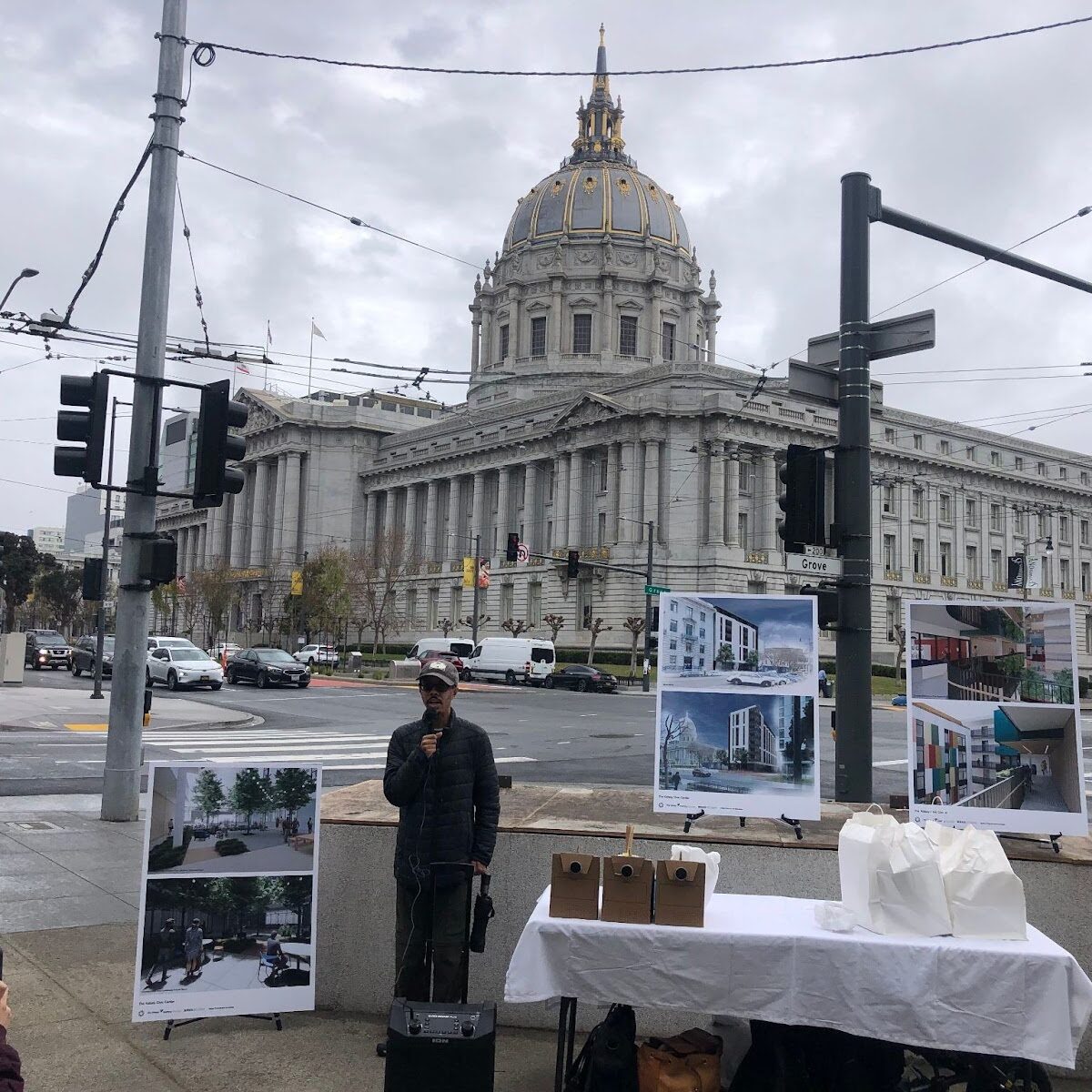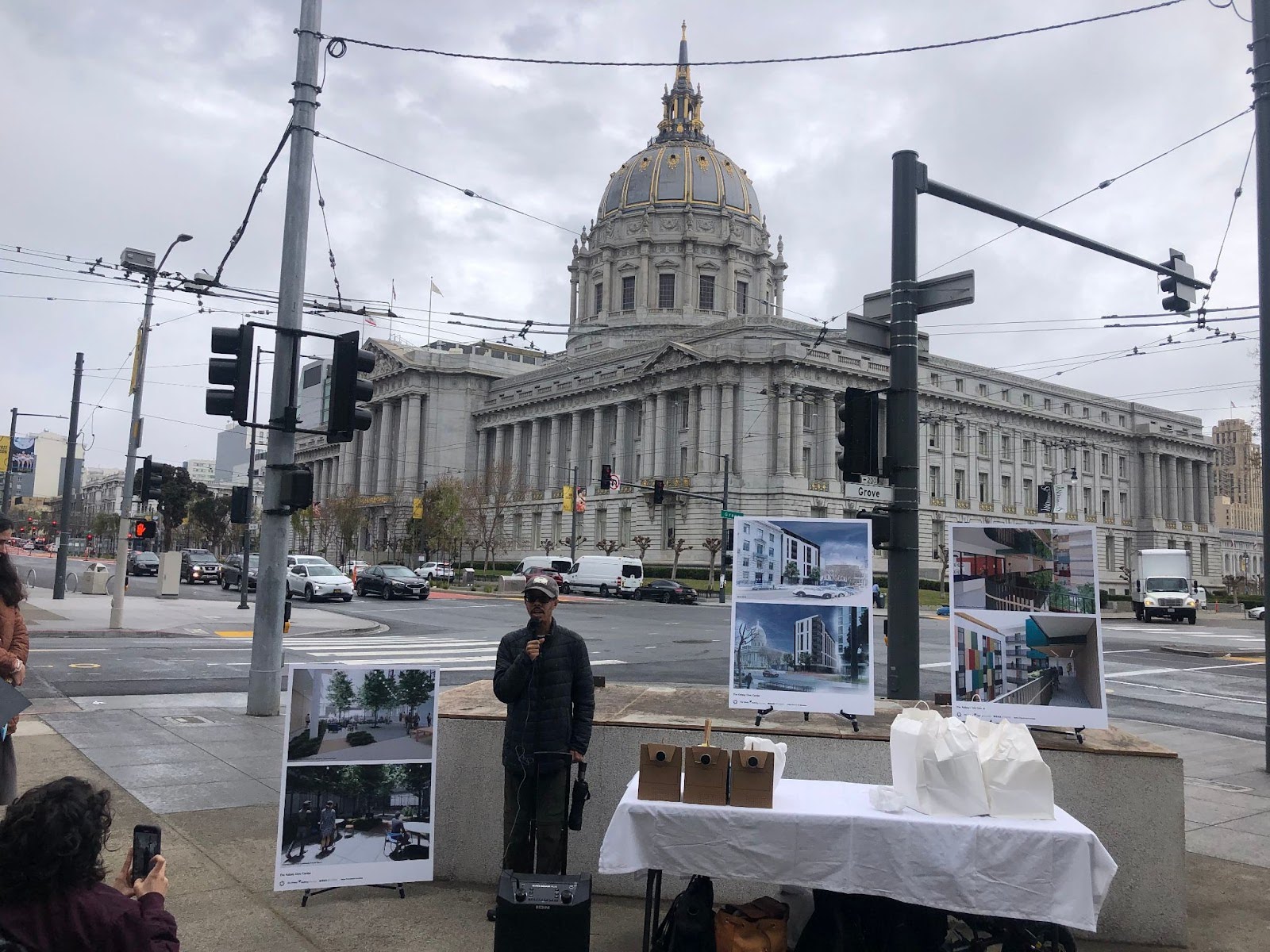Less than 6% of the United States’ housing stock is accessible to people with sensory and mobility disabilities. With so few accessible units, there should be a housing field that is regulated, incentivized, and supported with the tools to match such units with disabled tenants who need them. Unfortunately, this is far from the case. In most places, the few accessible units are either vacant or rented to a tenant who doesn’t need the given unit features. Housers misunderstand this widespread system failure to mean that either disabled tenants have their needs met elsewhere or that the accessible units are not marketable and, therefore, null and void. This is a dangerous myth. Accessible units are desperately needed. However, local, state, and federal governments and the housing field have failed to create and implement systems that track, affirmatively market, and match accessible units to tenants who need them. Municipalities can strengthen existing policies and practices and build out new ones to ensure that the limited supply of accessible units, regardless of the funding source, is matched to tenants who need them.
This resource focuses on matching sensory and mobility housing units to the disabled tenants who need them. Some recommendations here also increase housing opportunities and success for all people with other disabilities, including but not limited to people with psychiatric disabilities, intellectual or developmental disabilities, environmental sensitivities, and chronic illness. These best practices may be required depending on location and funding source, for example, the HUD Occupancy Handbook requires some of these best practices. In addition to these best practices, cross-disability solutions are needed in housing policy and development to meet all access and inclusion needs.
Here are best practices to ensure accessible homes reach disabled tenants:
- Match deep affordability with accessibility. State and local governments can fund new and/or leverage existing operating subsidies and match those subsidies with accessible units. This can include governments incentivizing and/or requiring housing developers and providers to match accessible units with disabled people who have vouchers and/or to project-base deep affordability through a project-based voucher (PBV).
- Affirmatively market accessible units to people with disabilities. State and local housing departments can require and/or incentivize housing developers to proactively lease accessible units to tenants with disabilities. This starts with ensuring that affirmative and accessible marketing is conducted to reach disability communities and organizations led by and serving disabled people and older adults. The housing department or appropriate department can provide an up-to-date list of local and regional organizations serving people with all types of disabilities; this should include but not be limited to Aging & Disability Resource Centers and fair housing organizations, like those under HUD’s Fair Housing Initiatives Program (FHIP). If the housing department cannot provide up-to-date information, governments can fund or partner with a non-profit organization to publish a monthly list with accessibility information. For example, the Housing Rights Center in Los Angeles publishes a monthly listing of affordable housing listings that includes accessibility information. This affirmative marketing and outreach should happen both when new construction leases up and when existing accessible units become available.
- Fund housing navigation and housing search assistance for people with disabilities. State and local governments can fund trusted disability, aging, and fair housing organizations to help people with disabilities match and move into accessible homes. States can finance housing-related services, including housing search and other essential services once people are housed, through public dollars, like Medicaid. If local and state governments are already funding housing navigation, it should explicitly include people with disabilities. Funding housing search and navigation should be approached in a way that actually moves people into homes, not simply places people on long waitlists.
- Establish and maintain an inventory of all types of accessible units. Localities can promote, incentivize, and/or require projects to identify and track accessible units, including units that follow Section 504 requirements, adaptable FHA units, and units with other accessibility features. This inventory should include public-facing, accessible information that is kept up-to-date for prospective and current tenants. Governments can provide templates and examples for what information should be shared about each unit. One example of this approach is Housing Navigator Massachusetts. Its online search tool includes information on accessible rentals across the state in partnership with state government and property owners and managers. Governments should work with public housing authorities (PHAs) and require and/or incentivize housing providers to make accessibility information available to the local housing authorities. In fact, it is required to make listings of accessible units available as part of the Housing Choice Voucher briefing process.
- Create a unified application for affordable housing that includes accessibility needs. Localities can create a unified application for affordable housing that covers as much of a region as possible (local, regional, and state level). These often web-based systems should ask for accessibility needs up-front and then should match that applicant with the units that meet their needs. Learn more about “Increasing Affordable Housing Opportunities and Resources Available Online” from Exygy’s Bloom Housing.
- Allow extended time to lease up vacant accessible units. If an accessible unit becomes available, before renting the unit to a non-disabled tenant, the locality can recommend or require that the property conduct affirmative outreach and marking for approximately 30 days. Through funding agreements, localities can ensure that property managers are not penalized for providing extended vacant times for accessible units. For example, the HUD PRA811 program provides up to 60 days of vacancy payments.
- Establish transfer lists and waiting lists for accessible units. Localities can require properties and PHAs to have separate waitlists for people needing accessible units. An alternative is to ensure that properties have one waitlist that clearly identifies those who need specific accessibility features. Then once an accessible unit becomes available, there is already a list of identified tenants who need it. If a lottery is used, there should be an accessible unit lottery, which still ensures a separate list of applicants who need accessible units. To ensure effective transfer and waiting lists, the housing application must ask whether the applicant needs accessible design features and, if so, which ones.
- Provide lease addendums to residents who move into accessible units but do not require accessibility. When people without disabilities move into an accessible unit with features they do not need, a lease addendum should be utilized. Housing departments can create a template addendum, and housing projects of all types could be required or incentivized to utilize it. The addendum would require people living in an accessible unit who do not need the accessibility features to move into a standard unit once one becomes available.
- Implement clear compliance measures to ensure units are being matched effectively. Localities can request that projects submit quarterly or biannual reports regarding their compliance with the tenanting of accessible units, waitlists, and transfer lists, provision of reasonable accommodations, reasonable modifications, and auxiliary aids and services for effective communication and grievances. State and local government compliance offices should receive training from disability rights organizations to effectively implement such compliance measures.
- Incentivize or require plain language for lease riders and, if possible, for leases and other required notices/documents. On average, leases are at a 15th-grade reading level, which is inaccessible to most people, including people with intellectual and developmental disabilities. State and local governments can authorize financial partners and property management to use plain language leasing. State and local governments can invest in plain language translations and then make the plain language documents available to all grantees. Check out The Kelsey’s open-sourced State of California plain language leasing documents.
- Increase access to disability-forward education for property management. As incentives and requirements support people with disabilities in living in accessible and inclusive homes, property managers and housing owners must also serve those individuals well to ensure a positive resident experience and support housing retention. Localities can require and/or incentivize property managers and owners to receive disability-forward education to understand accessibility, inclusive practices, and the diverse service and access needs of disabled people.
- Establish and/or strengthen guidance on reasonable accommodations and modification processes. State and local housing departments should incorporate clear regulations and/or guidance regarding reasonable accommodation and modification processes. Such guidance should include information that accommodation requests do not need to be written, that doctor’s notes are not always needed for verification, that timely responses are required (e.g., no more than 14 days for non-emergency requests), and that an outline of an interactive process be provided. Guidance can also include a comprehensive list of example scenarios and accommodations. Moreover, localities should mandate ongoing training regarding disability rights, including reasonable accommodations.
Special thanks to Disability Rights Education & Defense Fund (DREDF), Disability Rights California, Housing Navigator Massachusetts, The Technical Assistance Collaborative, and Justice in Aging, amongst others, for leading the way in providing critical guidance on these issues and heavily informing the recommendations provided. To connect with disability-forward housing practitioners or provide feedback on strengthening and expanding upon these best practices, please contact allie@thekelsey.org.

